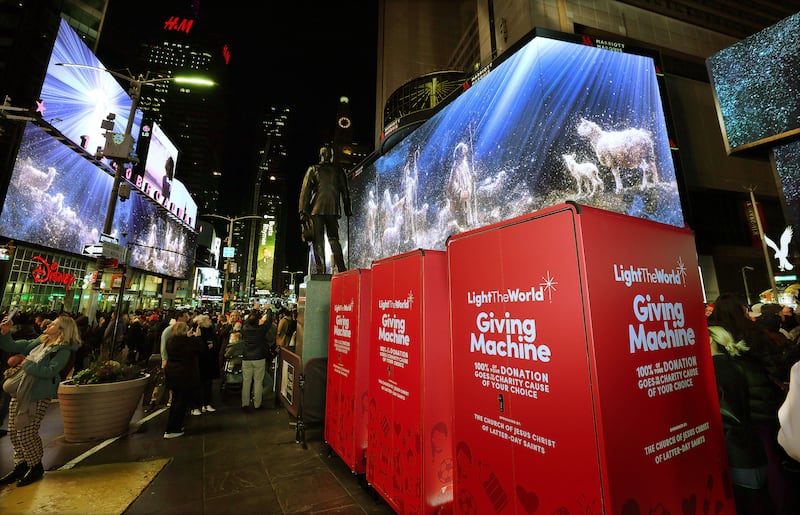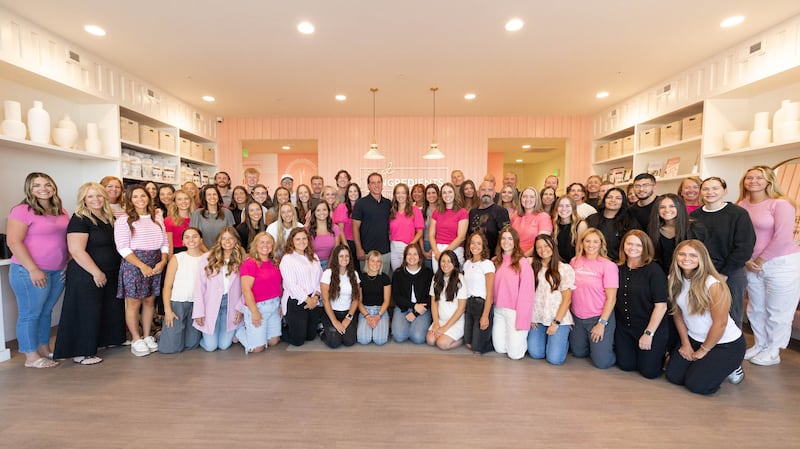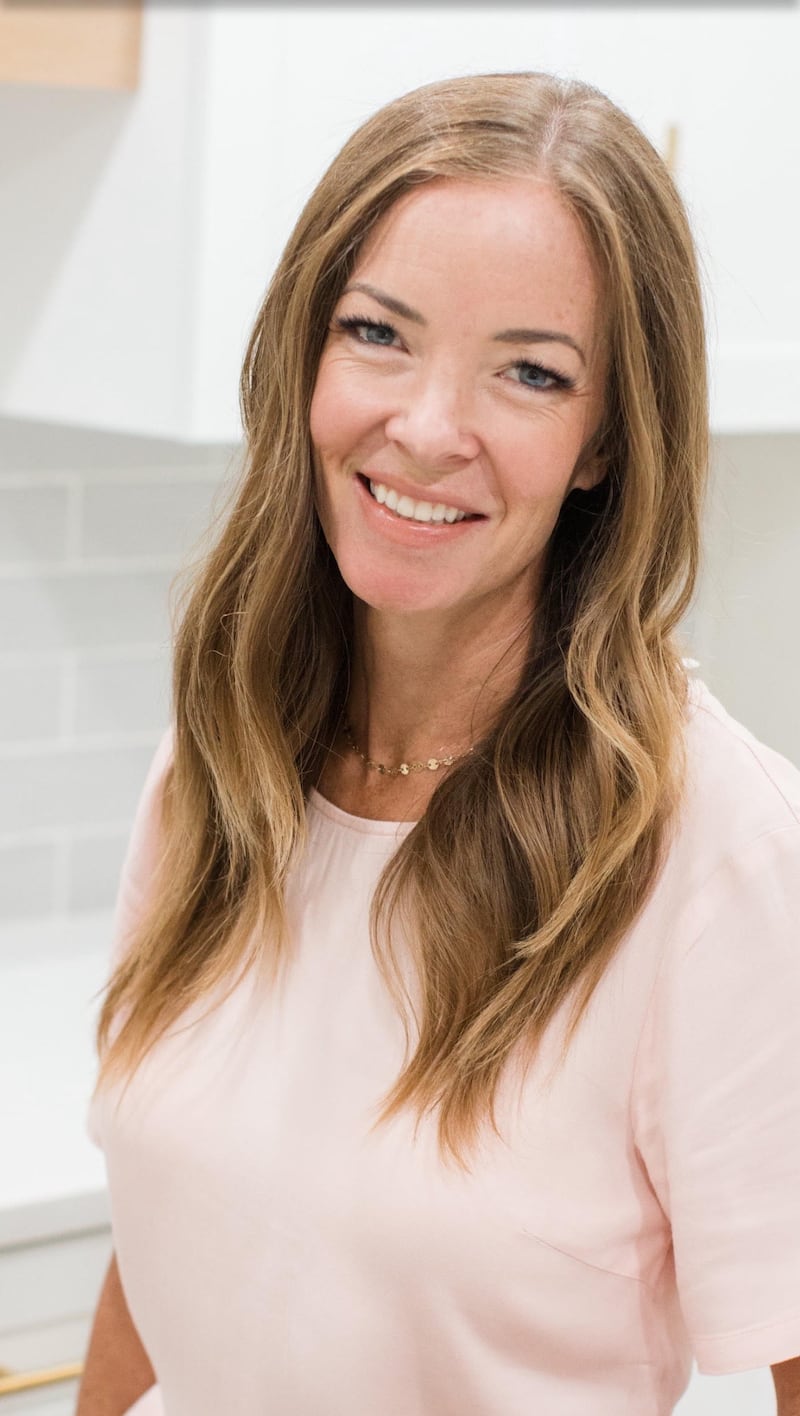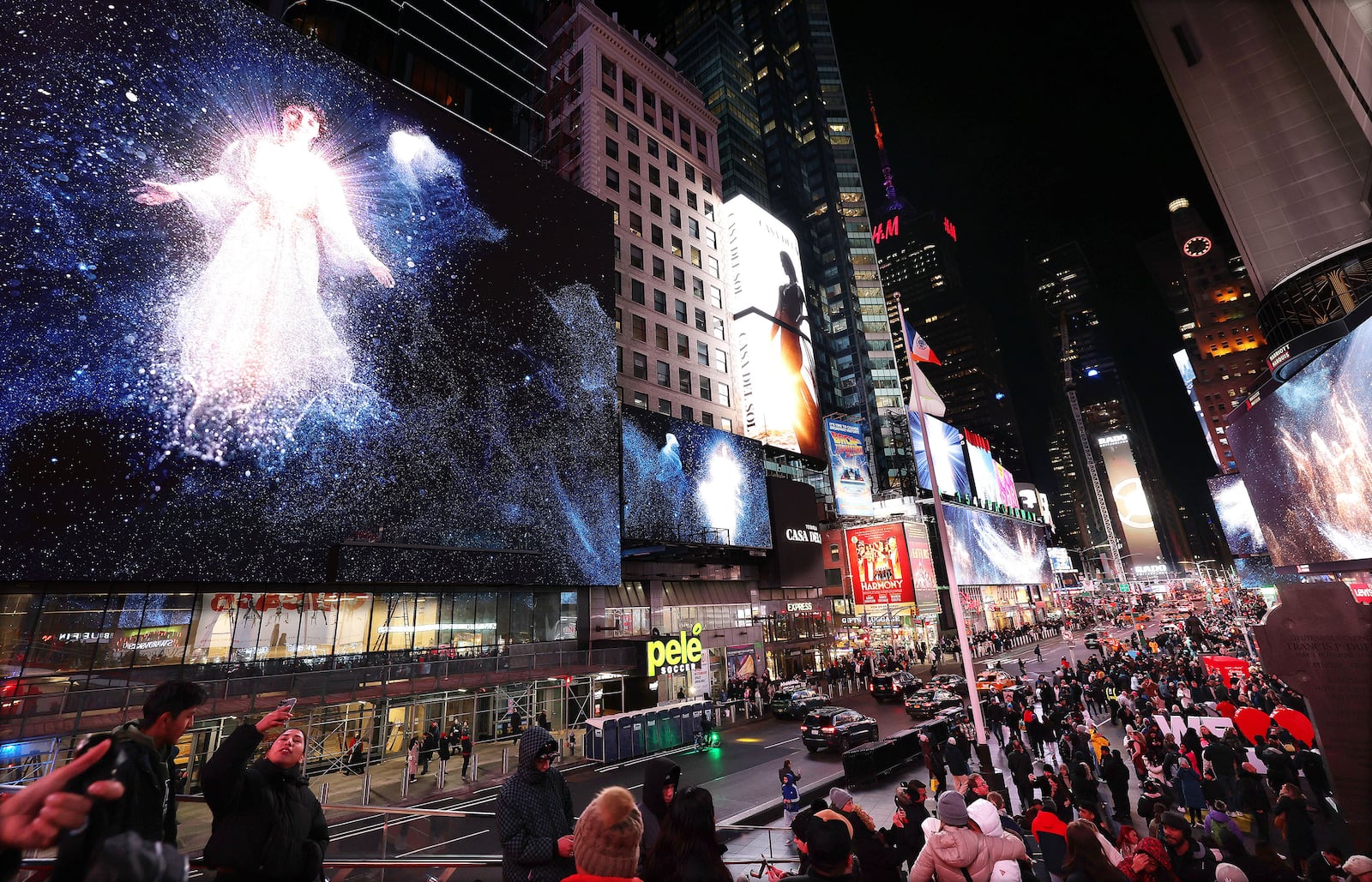This article spotlights esteemed branding experts slated to present at Utah Business Forward. With six distinct tracks covering Acquisition, AI, Branding, Entrepreneurship, People & Culture, and Performance, this dynamic event will take place on November 20, 2024, at the Grand America Hotel in Salt Lake City.
For just a moment, the bright lights of Times Square went completely dark. But according to Chris Carlson, VP of client strategy at Boncom, it was all part of the plan.
A split second later, the center of the commercialism world came alive with an expected, unified message. Taking a break from its usual drumbeat of displaying advertisements for consumer products, the billboards and LED screens lit up with the Christmas Nativity. Times Square visitors were surrounded by 360 degrees of a “Silent Night Surprise.”
That was in November 2023. Once the related video content went live on YouTube and other platforms the next month, the moment extended well beyond those powerful few minutes in New York City. An instant hit, the video content from The Church of Jesus Christ of Latter-day Saints and the influencers it worked with grabbed more than 200 million views worldwide.
“It’s probably the most viewed video the Church has ever done,” Carlson says. “In terms of its virality, it was off-the-charts successful.”

Capitalizing on spectacle
From a branding perspective, it was a silent night that made a lot of noise around the world.
As Carlson recalls, it was an idea that he and Jeff Taylor, an executive creative director at Boncom, had been sitting on for a while. Eight months before the Times Square takeover, the time had finally arrived; #LightTheWorld got the green light for a big night in the Big Apple.
“The story is about telling the story of the Nativity in the most commercial place you could tell it,” Carlson says. “And that’s why it’s so compelling to people. They’re like, ‘How did they actually put it off?’”
How did Boncom pull off an enormous branding exercise in one of the world’s most famous gathering spots? Not easily. It took an army of marketing and branding pros, according to Carlson.
Coordinating the efforts of a robust team of writers, directors, animators, motion graphics artists, social media influencers, cinematographers, billboard vendors, media buyers and public relations experts was one challenge. Telling a church-sponsored story that could appeal to a mass audience was another.
The spectacle was the key, as Carlson puts it.
“We wanted the experience to be amazing for the people that were there,” Carlson says. “And we really wanted to create an experience that we could capture and have go viral. We viewed Times Square like a stage for a music video.”

Branding on a budget
For many businesses — especially small ones — running a multi-million-dollar campaign isn’t in the cards. Still, even on a shoestring budget, it’s possible to stand out in a big way. Just ask Jen Hunsaker, owner of Copy Write Marketing. As Copy Write’s sole employee, Hunsaker wears many hats. Among them has been the role of creating her agency’s unique brand and voice.
Her advice to folks like her looking to do it all on their own? You don’t need to spend the big bucks to get the job done, even when it comes to creating a brand.
“I think small businesses struggle with saying, ‘I don’t have the bandwidth. I don’t have the time. I don’t have the experience.’ and they feel like they’re in a lose-lose situation,” Hunsaker says. “They might think their [only] option is to open a line of credit and throw all this money into building a marketing strategy.”
If you understand a few branding principles and think outside the box, Hunsaker believes you don’t need to spend thousands and thousands of dollars to create your brand. It just takes a bit of work.
“You’re going to have to put in some elbow grease to understand your customer,” Hunsaker says, recommending different ways to interact with ideal customers, such as trade show booths. Don’t be afraid to use free, easy-to-learn technology either, Hunsaker advises. Tools like ChatGPT and Canva can be a powerful one-two punch for startup business owners.
And if the logo you create in Canva isn’t exactly a top-notch design, don’t fret, Hunsaker says. It doesn’t need to be perfect, and you shouldn’t expect to conquer the world — or take over Times Square — all at once.
“We’re not here to get 1,000 percent growth in the next three months,” she says. “Most small business owners aren’t in business to sell it; they’re in it to grow. The thought should be, with this kind of slow and steady mindset, how do we scale and learn as we go along?”
And for Hunsaker, there’s no better case study than Copy Write Marketing itself.
“My business is kind of my testing ground,” she says. “Everything that I talk to clients about, I’ve had to do myself. I don’t want to go into crazy amounts of debt just for marketing. I work with companies who do have a little bit of a budget to outsource that work, but my goal is really to teach businesses to do it for themselves if they need to and to feel confident when working with an agency to not feel like they’re getting hoodwinked in the process.”
Creating a complete sensory experience
While böhme has made its mark as a fashion retailer, its owners say they’re selling much more than that, especially in their brick-and-mortar locations.
Fernanda Böhme — who opened the women’s clothing boutique with her sister Vivien in 2007 — believes they’re selling a complete sensory experience, not just the latest fashion trends.
“In women’s apparel, not being able to feel it, touch it and try it on is kind of a dealbreaker,” Böhme says. “There are a lot of people who just want to be online, and that’s OK. But I always say, ‘Do you want to be the Wizard of Oz, or do you want to be Dorothy?’”
A trip to a böhme store might feel like a visit to the Emerald City, indeed. Everything has been calculated to provide a fully immersive customer experience, and no detail is too minute.
“We care about everything in our stores, even down to the light bulbs,” she says. “I even manufacture my own bulb to make sure it’s the right lumens, the right angle and the right temperature.”
It all adds up. To Böhme, the attention to detail shows her customers that she and her team take pride in their products.
“When I go to a restaurant, I know they care about the food I’m eating because of the ambiance — and the bathroom,” Böhme says with a laugh. “I know that sounds funny, but if they don’t care about the bathroom, why are they going to care about the food?”
Fashion trends have evolved over the years, and so has the general aesthetic at böhme. But one thing has never changed.
“It’s the customer experience,” Böhme says. “Making it a sensory experience is a level above just some racks and some clothing. That’s the one thing we pride ourselves on.”
The three “E”s of online branding: Entertainment, education and emotion
While Just Ingredients does the majority of its sales online, the “e” in e-commerce isn’t the only one they’re worried about.
As founder and CEO Karalynne Call explains, there are three ways a brand can connect to its target audience through digital marketing channels. Entertainment, education and emotion can all — either together or individually — factor into compelling contact that creates a bond between a brand and its consumers.

As the head of a nutritional supplement company and a certified nutritionist herself, Call leans heavily on education to connect with her audience. She’s made her story Just Ingredients’ story as well.
“I relate to the parents that I teach about a healthy lifestyle,” she says. “I went on a pretty long health journey to get to where I am today, so I connect with people on that aspect as well.”
Call has found that sharing her personal story, including her struggle with mental health issues, is another way to strengthen the Just Ingredients brand. She’s a real person with real challenges who has found healthy living to be her saving grace. It’s a relatable story for the company’s million-plus followers on social media.
“We all have hard times, and mine was really hard to the point that I wanted to end my life,” Call says. “People connect and hold on to that. A lot of people are like, ‘Oh yeah, I feel that misery. What did you do to get out of that?’ I connect with them by telling my story and by showing my kids and our family life. Those are all points of connection.”


